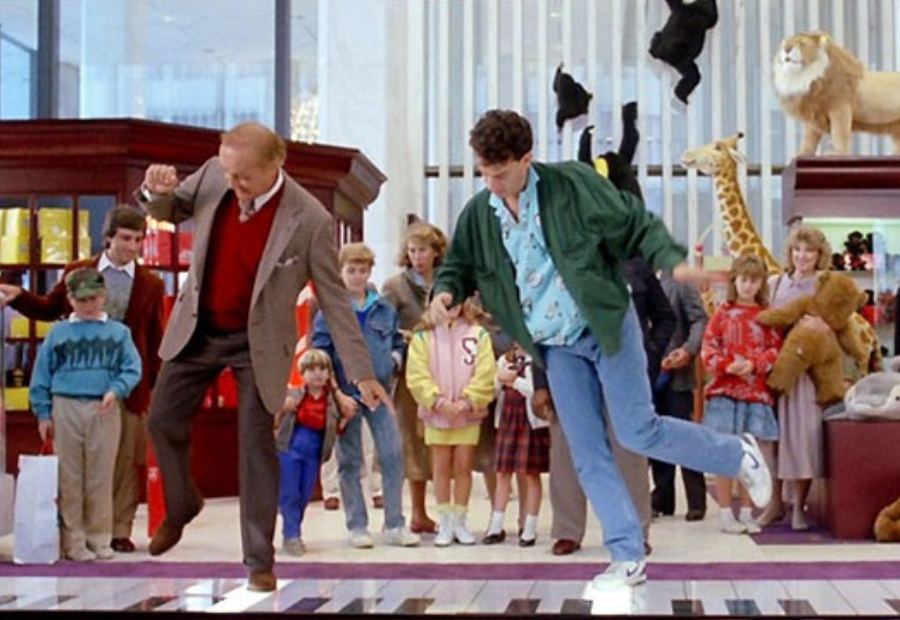“Your most unhappy customers are your greatest source of learning.”
Bill Gates
We, as humans, aren’t robots or pods and we don’t (yet) live in a dystopia where our behaviors and desires are preordained by some irresistible force—even if sometimes it may feel that way.
That’s a somewhat hyperbolic way to emphasize how important experiences are now more than ever. A few years ago, Huffington Post published a 1991 Radio Shack print ad that featured 15 then-staple items available for sale. Among those 15 items—inclusive of an AM/FM clock radio, micro-thin calculator, VHS camcorder and $159.95 deluxe portable CD player—13 (!) of which exist today, and in so much better quality, on a single mobile phone. The point being we now need less to accomplish more than we could ever imagine, and then some. It’s a key reason why Toys “R” Us failed; kids are getting mobiles earlier and earlier with the ability to entertain them more than any single toy ever could.
And yet there remains an opportunity for physical retailers to embrace the fact that consumers, consciously or unconsciously, need a break from technology, and need, if not crave, experiences rivaling a screen. Case in point: Accenture reports that just 73% of shoppers plan to buy physical products as holiday gifts year, down 11 percentage points versus 2017, while the number of those looking to buy experience or service-oriented gifts increased from 44% to 49%.
While the experience of attending an amusement park or going deep-sea fishing isn’t in the same, well, boat as buying pajamas at Target, the commonality is the desire for a tactile experience, a little less virtuality – essentially, wanting more out of life than a hand-held screen can provide.
Many clients come to Marketing Workshop seeking to understand customer emotions and motivations realizing that to understand them enables the ability to strategically appeal to them, and in turn improve their competitive position with both brick-and-mortar and online competitors. Marketing Workshop has conducted extensive Needs States, Loyalty Satisfaction and Customer Satisfaction (CSAT) studies yielding “experience ratings” and other relevant attribute ratings, such as needs fit, uniqueness, customer service, availability of product, and store appearance. Marketing Workshop performs analysis of the data collected resulting in an actionable story to assist with understanding consumers level of experience fulfillment, what is driving the outcome, and that shines light on where the retailer is missing the mark. A key learning focus is aimed at what will increase appeal and drive more traffic. In certain situations, qualitative in-depth interviews are conducted among some of the quant survey takers to dig deep into the “emotive reasons why,” which is super useful for marketing and development teams.
Millennials, for example, prefer to shop in person (58%), and would do so more, considerably more, if only there were more customizable products, associates had greater product knowledge, and there were more product demonstrations. This, as reported by Roth Capital Partners, an investment banking firm focused on the small-cap public market. But what target customers want and expect from a particular type of store is sure to be unique, different from what they want and expect from another. For instance, the experience expectation at the Best Buy versus the experience at Target. And even within the same category, the experience expectation is often different. For instance, the experience at Popeyes versus Wendy’s, or the experience at Victoria Secret versus Soma. And therein lies the benefit of retailers augmenting their secondary data resources with custom research – to drill down and hone-in on how to best create the most appealing customer experience for their brand.
As drone-delivery evolves from buzz talk to becoming a reality and online shopping frequency continues to uptick, it may be that the only thing with the potential to save brick-and-mortar locations is customer experience. Understanding what will make yours better may be the only thing keeping some stores open same time next year.
~ Marketing Workshop
